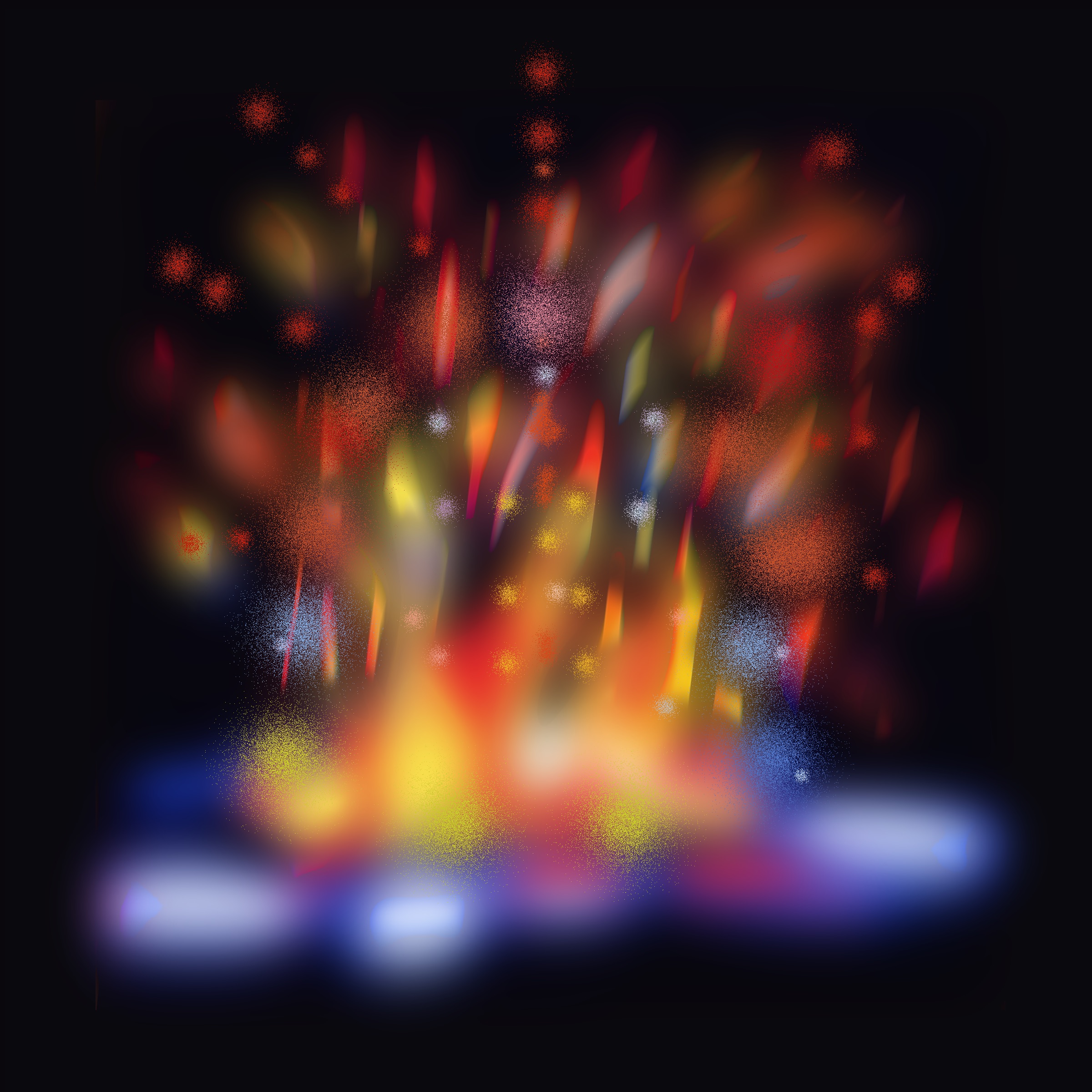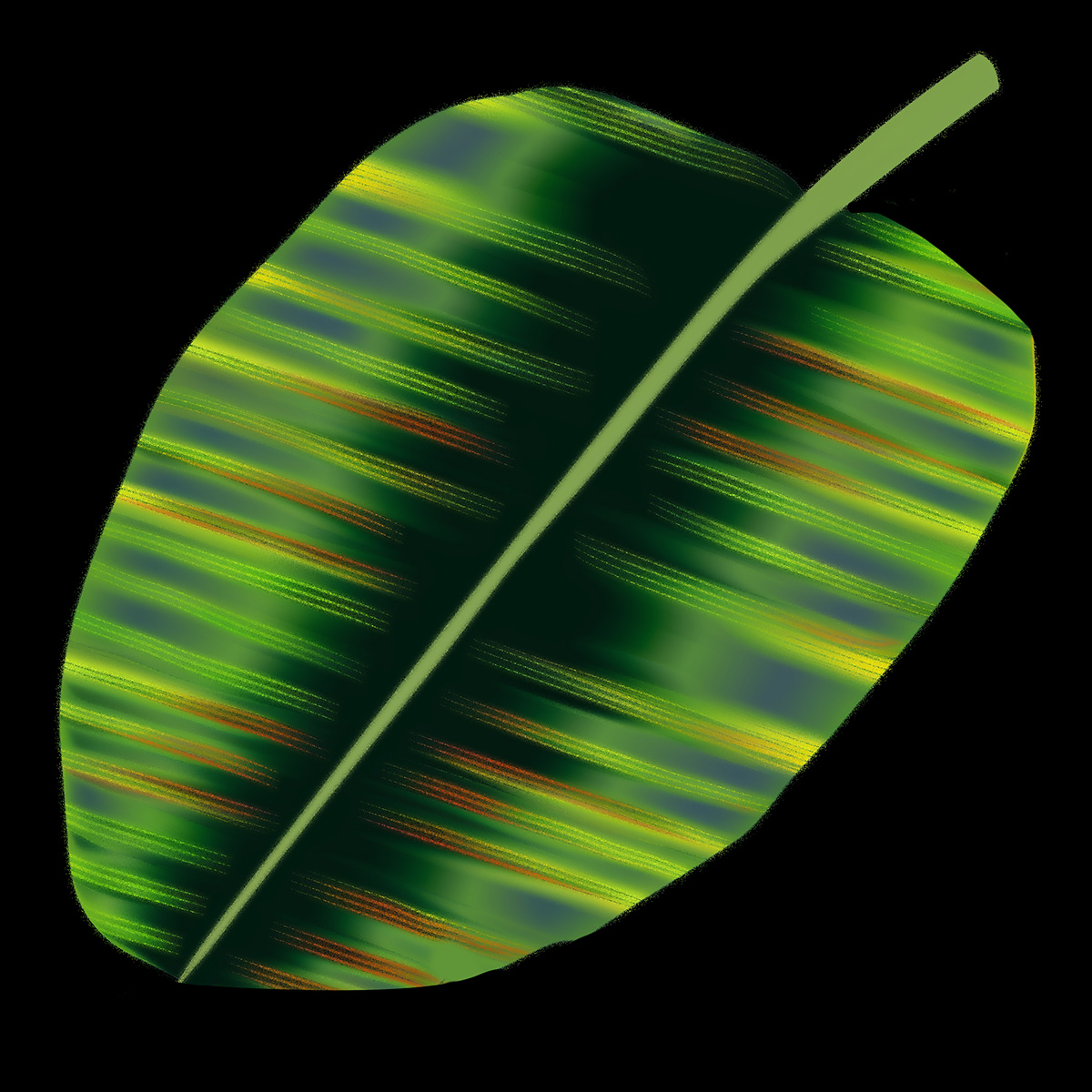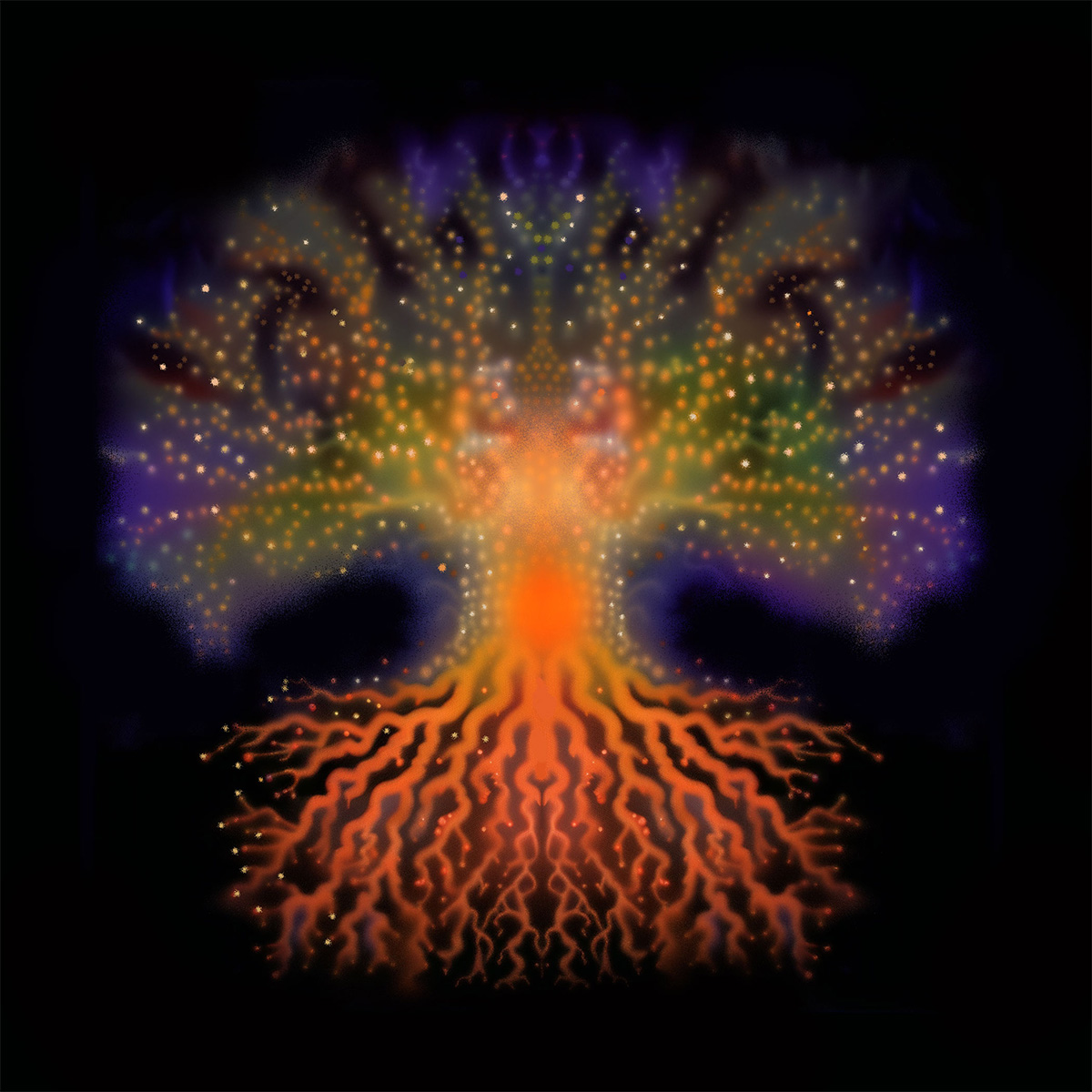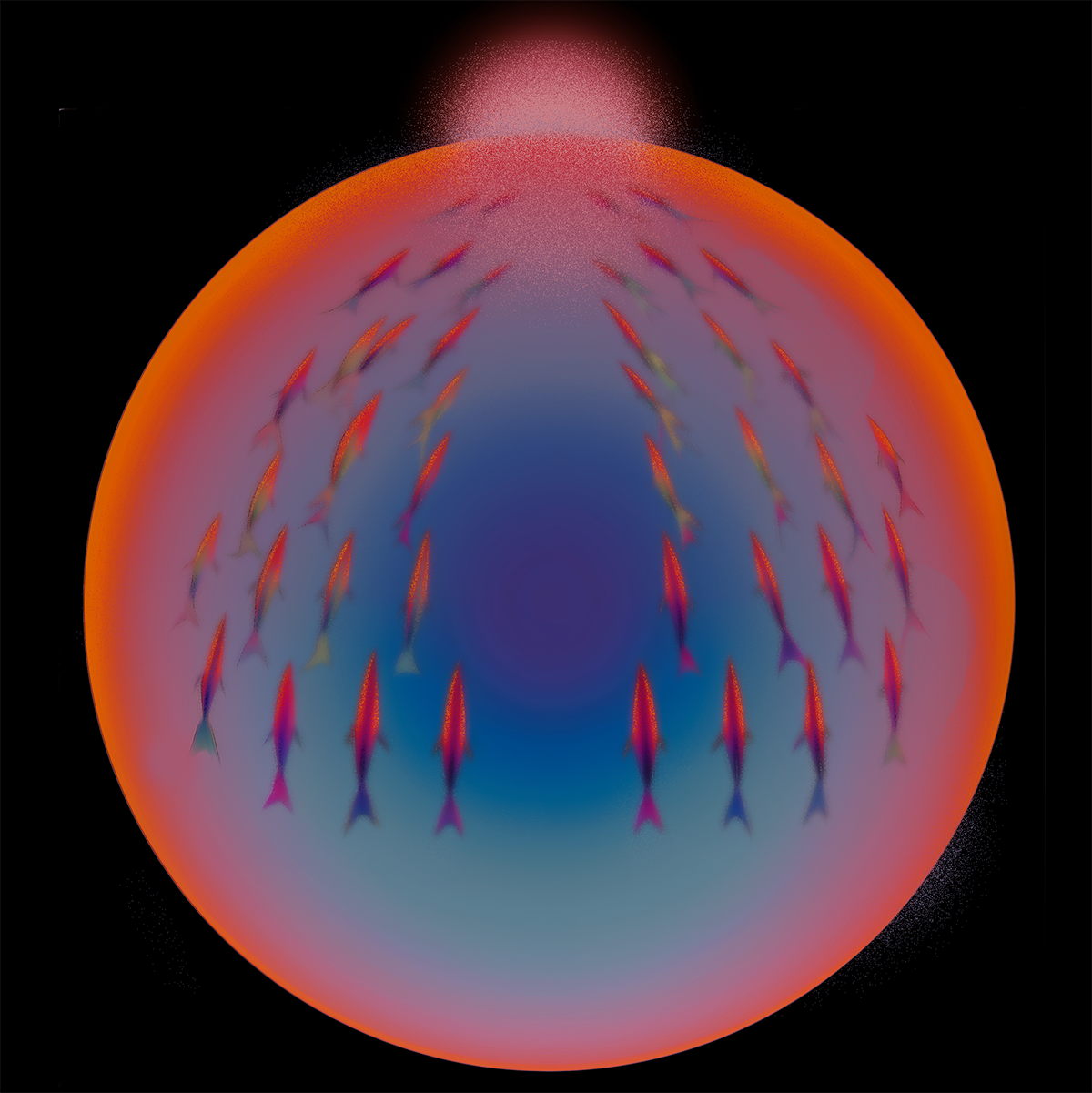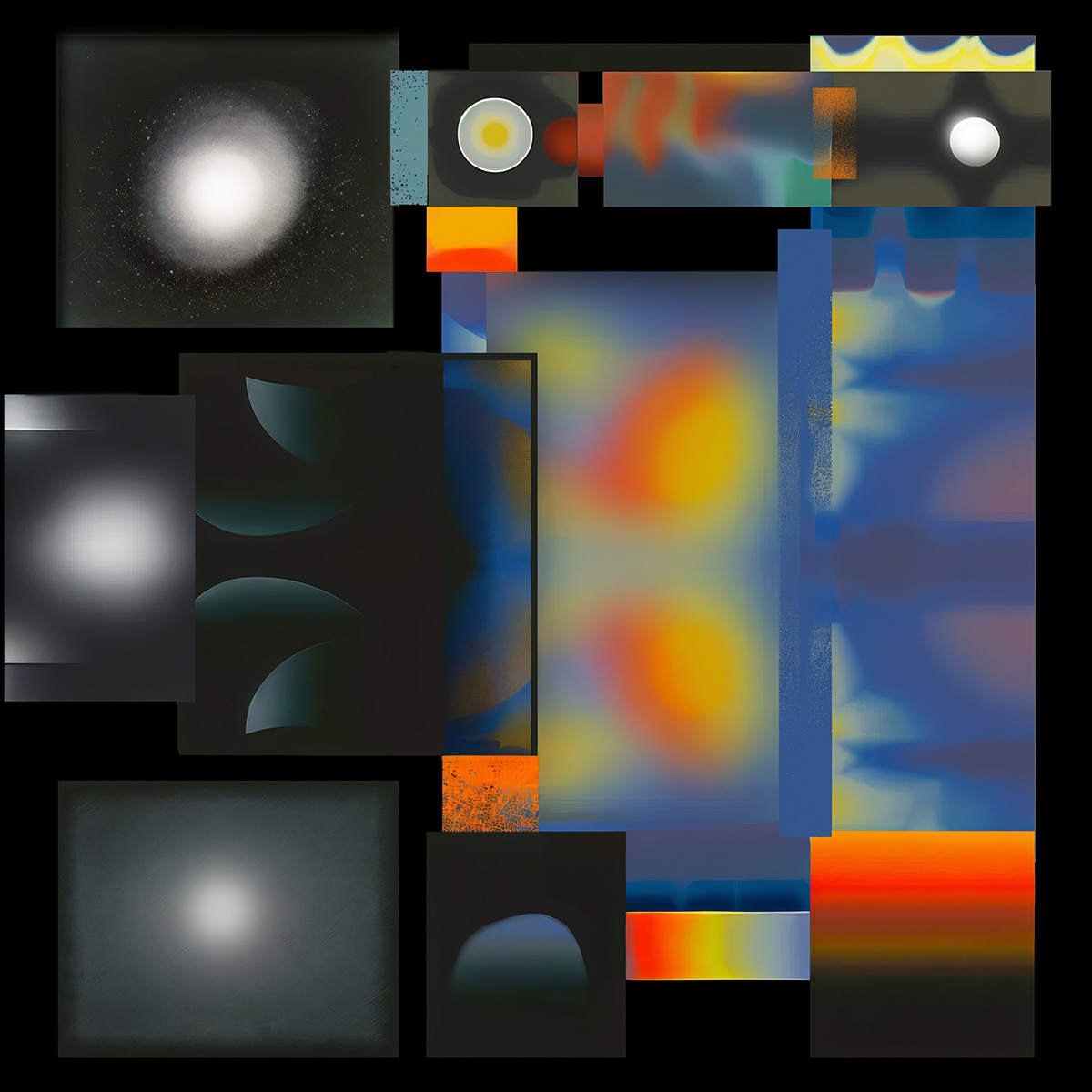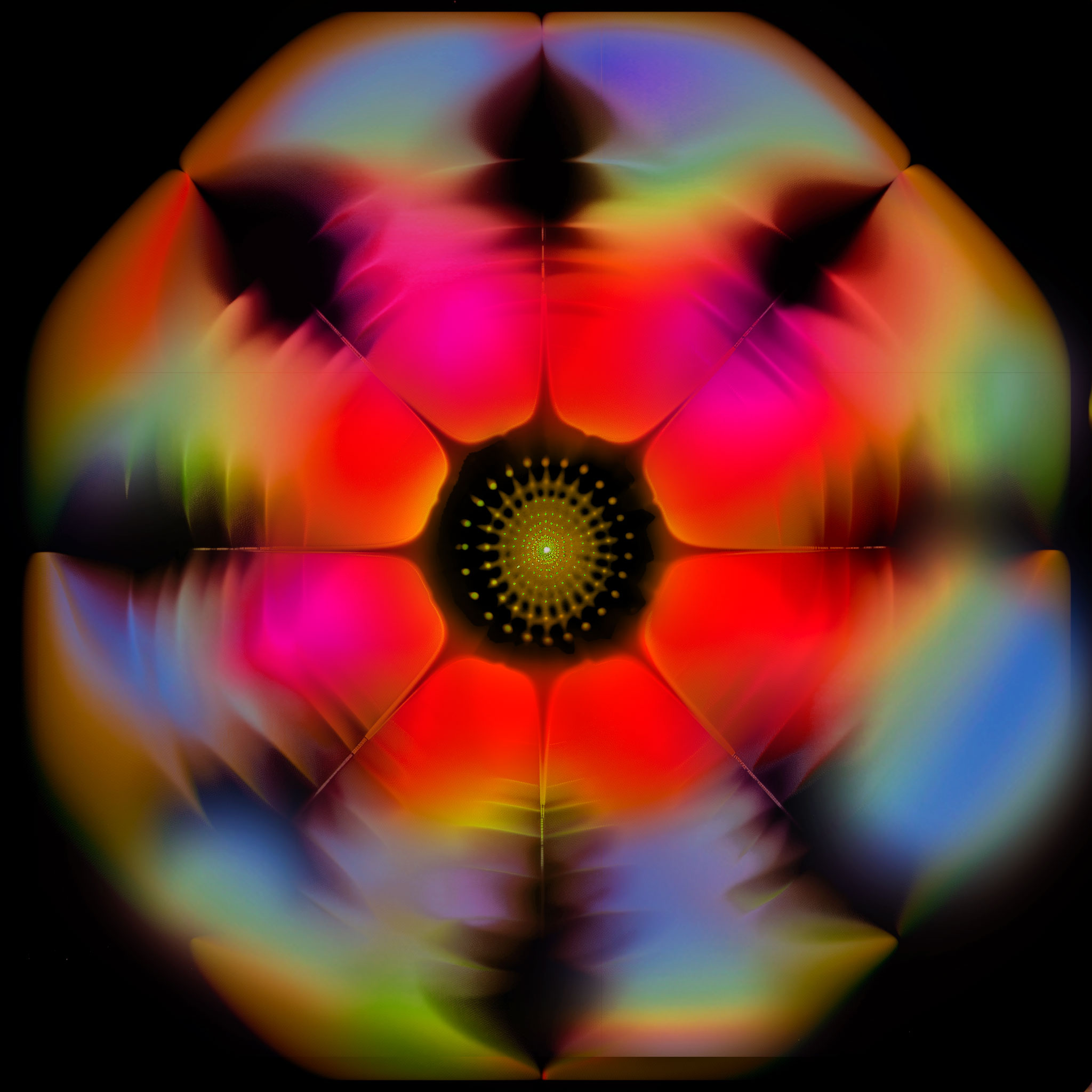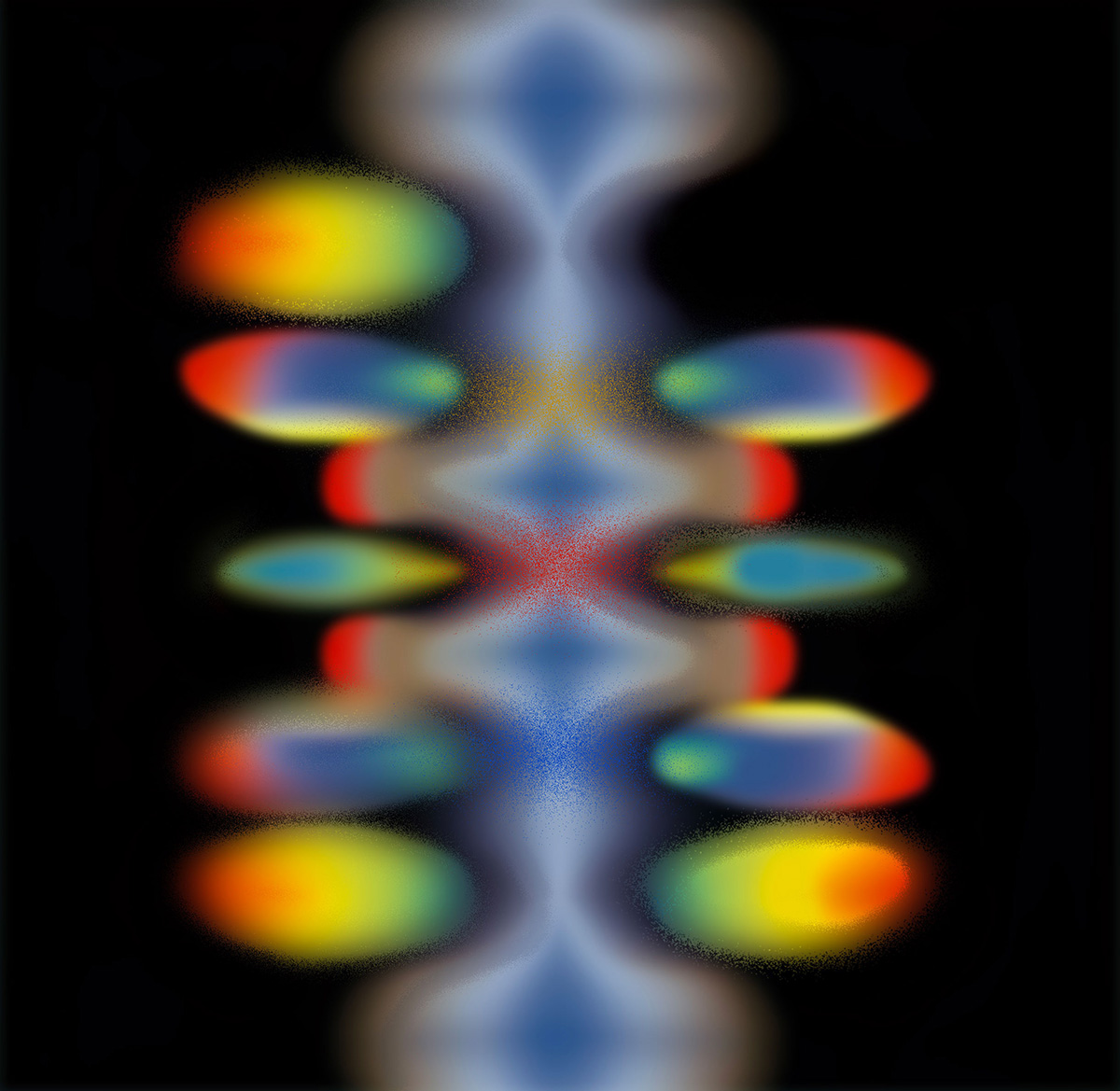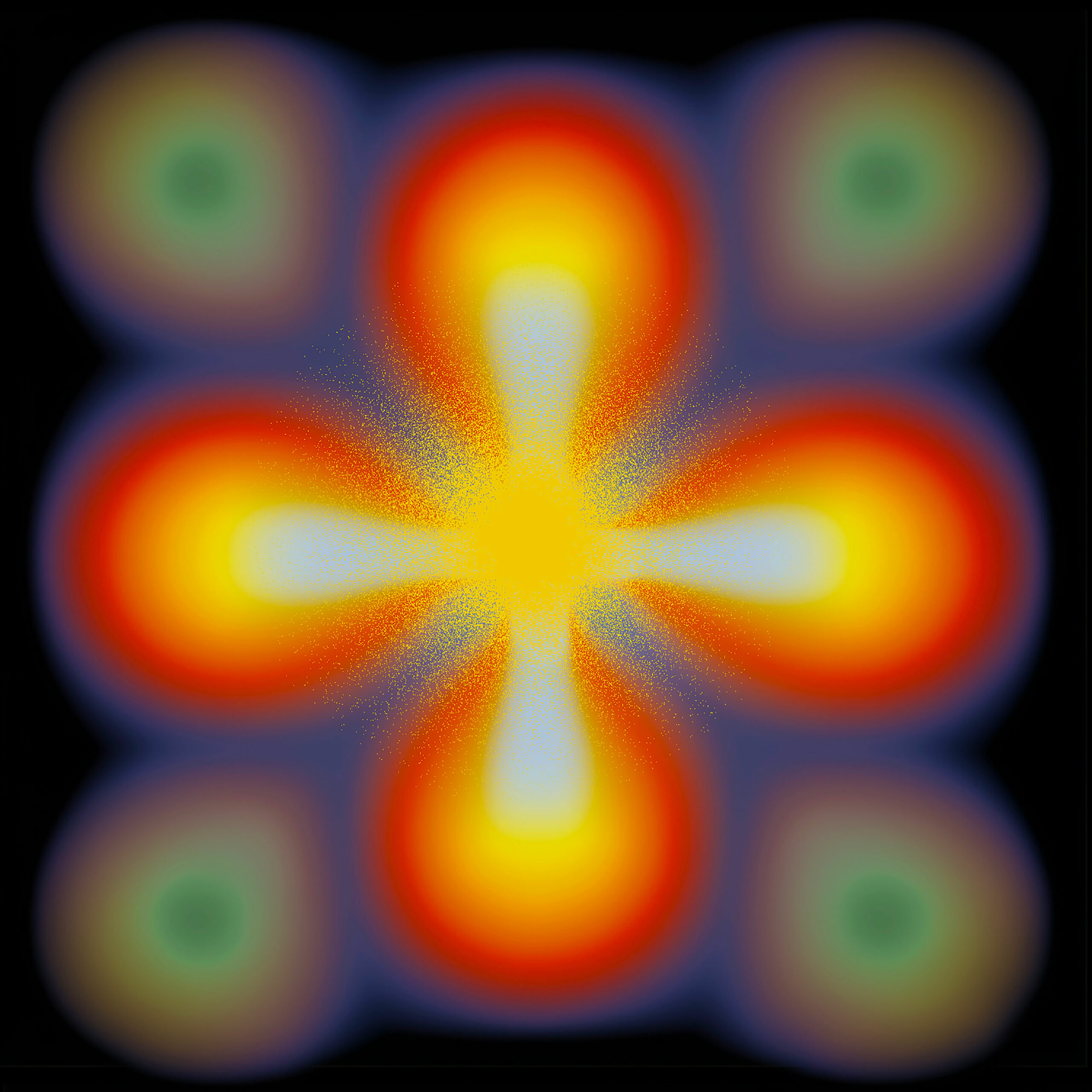We are alive at a time that is marked by death, grief, and mourning. There is genocide happening in real time, being funded by our tax dollars. The planetary systems that sustain us are collapsing all around. Design, rather than delivering on its promise of being a change-making agent, has continued to perpetuate an economics that demands extraction, unmitigated growth, and accumulation.1 As the oppressive structures that uphold these interlocking systems of white-supremacy, capitalism, imperialism, and patriarchy continue to constrict and shapeshift, it is clear that now is a critical time to choose life.2 It is at this moment that we must choose a principle of livingness as we reconsider what it means to be in relationship with our human and more-than-human neighbors.
- 1. Papanek, Victor. 1973. Design for the Real World. Bantam edition.
- Federici, Silvia. 2019. Re-enchanting the world: Feminism and the Politics of the Commons. Edited by Andrej Grubačić. PM Press.
- Lorusso, Silvio. 2024. What Design Can’t Do: Essays on Design and Disillusion. N.p.: Set Margins’ Publications.
- 2. hooks, bell. 1997. “Cultural Criticism and Transformation.” Media Education Foundation.
Over the next 12 months we’ll be publishing a series of profiles and essays that explore the idea of relational architectures and the ways that collectives and organizations are using design to generate tools for fostering greater resilience in the face of planetary crisis and transition. The work of these assemblages is not new. Livingness—for all our microbial, plantae, fungal and animal kin—is a metabolic process of exchange. In some ways, being human means to feel the world around us, synthesize that into energy, and collectively build tools for survival. Today that work manifests by weaving threads of indigenous science and worldviews with liberatory movement work rooted in restoration, collective power, and justice. By sharing ways that people are employing creative practice to self-organize, we hope to rehearse new ways of being together and locate ways for design to operate through relationships built on solidarity.3
- 3. Spade, Dean. 2020. Mutual Aid: Building solidarity during this crisis (and the next). Verso.
Design is, and always has been, political. We spent the early months of this year in conversation with our community to find language for the title of this series. Thanks to those interactions, we embraced an early attempt to describe the work ahead as “relational/relationship,” in examining how local groups are establishing liberatory frameworks for community care. In defining “relational,” we are informed by the work of Donna Haraway’s foundational theory of entanglement and the Not Lone Wolf network of geographers and researchers, particularly the work of trawlwulwuy geographer Lauren Tynan.4 They remind us that, “relationality is not a new metaphor to be reaped for academic gain, but a practice bound with responsibilities with kin and Country.”5 We look to write design into current social-ecological movements, as a part of a long continuum of community-driven design. We acknowledge that assemblages, despite imminent and overwhelming oppression, continue to create and maintain the possibilities for alternative architectures of relations. It is also informed by the decade-long work of writing and researching for MOLD. By being in relationship with our food—where it comes from, who grows it and how, in which season it is at the height of its deliciousness and why—we are in relationship with entire living ecologies—soil, air, water, microbial, plantae, animal, human, and more.
- 4. Haraway, Donna. 1988. “Situated Knowledges: The science question in feminism and the privilege of partial perspective.” Feminist Studies, Vol 14. No 3.
- A.M. Kanngieser, Filipa Soares, June Rubis, Corrinne T. Sullivan, Marnie Graham, Miriam Williams, Joseph Palis, Lauren Tynan, Lara Daley, Fabri Blacklock, Beth Greenhough, Sandie Suchet-Pearson, Sarah Wright, Kate Lloyd, Uncle Bud Marshall. 2024. “Listening to place, practising relationality: Embodying six emergent protocols for collaborative relational geographies.” Emotion, Space and Society, Volume 50.
- 5. Tynan, Lauren. 2021. “What is relationality? Indigenous knowledges, practices and responsibilities with kin.” cultural geographies, Vol 28.
– Bayard Rustin via Terresa Moses“It occurred to me shortly after that, that it was an absolute necessity for me to declare homosexuality, because if I didn’t I was a part of the prejudice. I was aiding and abetting the prejudice that was a part of the effort to destroy me.”
In being guided by the emergent protocols outlined in the Not Lone Wolf network, we want to acknowledge the ways we, the editors, are situated within networks of power. “Emplacement acknowledges the power of place/land/Country to situate us individually and relationally; to sit together.” Rather than erasing our differences and reinforcing the racist “melting pot” of assimilation, we respect our emplacement and acknowledge it as an act of reparation towards uprooting colonial systems.
LinYee Yuan is the first generation daughter of immigrants—her parents met in the United States after immigrating from Taiwan to pursue higher education. She is the life partner of an immigrant from Portugal and the mother of two, young, New Yorkers. Her grandparents—on both maternal and paternal sides—fled central China to Taiwan as part of Chiang Kai-shek’s military apparatus as the Kuomingtang began losing the Chinese Civil War in the late 1940s. The livelihood of her ancestors was connected to the rivers that bound her ancestral lands. Today, as an immigrant to New York City from Houston, where she grew up, her life is still in relationship to the rivers and waters that hold Lenapehoking, the unceded homeland of the Lenape people.
John P. Kazior is the descendant of Polish and Irish Catholic farmers. He only really knows that they fled to the United States to escape famine, poverty, and war resulting from the insatiable growth of the industrial empires of Europe. He grew up upper-middle class in the river port city of Cincinnati, and now lives in the former herring fishing settlement and port city of Malmö, Sweden.
The choice of “architectures” acknowledges the myriad ways that we design and build relationships, place, values, ecologies, economies. It is in stark contrast to the formalized and hierarchical processes that define the professionalized practice of Architecture, as it is taught in most institutions today. Instead, we think about the unruly, metabolic field of relations that give shape to our entangled worlds. Despite capitalism’s best efforts to enclose, categorize and control, we live highly entangled lives. The world is actually constructed in nodal, multi-layered, cyclical and non-linear ways. It is ambiguous. It is constantly in flow. It requires care and constant tending.
– Jack Halberstam, “The Wild Beyond: With and for the Undercommons,” from The Undercommons: Fugitive Planning & Black Study by Stefano Harney and Fred Moten“It ends with love, exchange, fellowship. It ends as it begins, in motion, in between various modes of being and belonging, and on the way to new economies of giving, taking, being with and for and it ends with a ride in a Buick Skylark on the way to another place altogether.“
In this cycle of writing we’ll be in conversation with artists, designers, gardeners, and organizers who have centered their creative practices around cultivating a sense of belonging grounded in care. As we listen and learn, we’ll continue to refine this editor’s letter and we’d like to do it collectively, with you. You can engage with this editor’s note through our shared google doc. Drop comments and edits, references and notes to the collective and we’ll update our public-facing version on the website as we go and populate our Are.na channel with references and readings.
Political philosopher Siliva Federici’s call for collaborative action at a recent talk at MoMA PS1 can be reinterpreted here as a design provocation: 1) [How might design] support the creation of more autonomous forms of reproduction and consumption? 2) [How might design inform how we] organize production in more collective ways, placing life at the center? Through this collective writing exploration we hope to begin to answer these questions together.
In Solidarity,
LinYee + John
